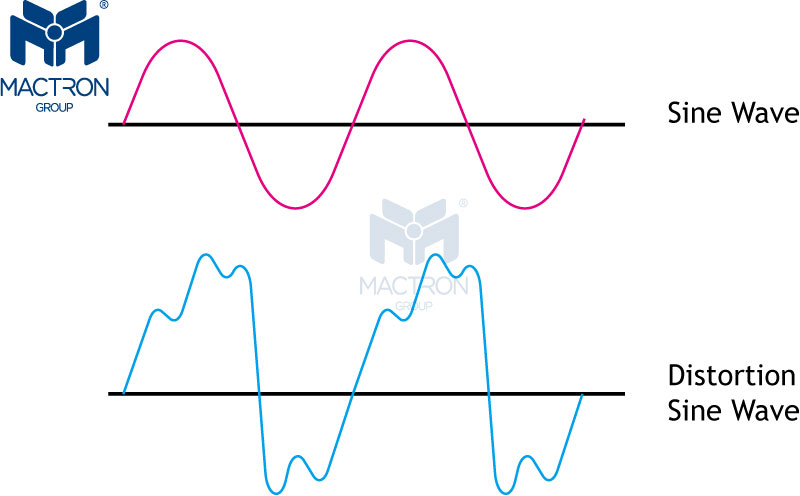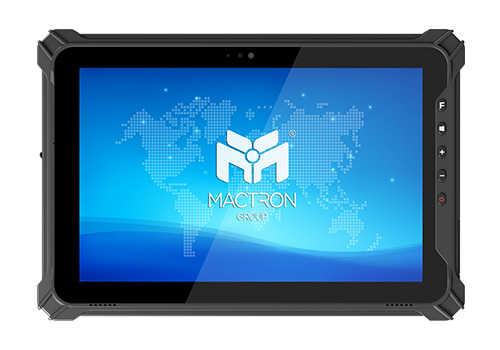Features of M12 Waterproof Connector
The name "M12" comes from its 12-millimeter thread diameter. This round connector typically features a threaded locking mechanism, ensuring a secure and reliable connection.
Waterproof Performance
The M12 connector is renowned for its excellent waterproof performance, typically achieving protection levels of IP65, IP67, or even higher. This means it can completely prevent dust ingress and withstand long periods of immersion in water without damage.
Material Selection
The housing materials for this connector are diverse, including plastic, brass, stainless steel, and nickel-plated metals. Different materials are suitable for various environmental requirements. For example, plastic housings are suitable for general environments, while stainless steel is ideal for highly corrosive environments.
Versatile Connectivity
The M12 connector comes with a variety of pin configurations, ranging from 3 to 12 pins, to meet different signal and power transmission needs. It supports reliable transmission of data, power, and mixed signals.
Applications of M12 Waterproof Connector

In the field of industrial automation, M12 connectors are commonly used to connect various sensors and actuators. Their high protection level ensures stable performance even in harsh environments.
Mechanical Equipment
M12 connectors are widely used in various mechanical and production line equipment. Whether in factory workshops or outdoor equipment, these connectors provide stable and reliable connections.
Outdoor Applications
Due to their excellent waterproof performance, M12 connectors are ideal for outdoor environments, such as transportation facilities, communication base stations, and security equipment, ensuring these devices operate normally under adverse weather conditions.
Automotive Industry
In the automotive industry, M12 connectors are widely used for various internal and external connections, such as lighting systems, sensors, and control systems, ensuring stability under vibration and high temperature conditions.
Medical Equipment
Medical equipment requires extremely high reliability from connectors. The high protection level and stable performance of M12 connectors make them the ideal choice for medical equipment, ensuring the safety and accuracy of medical operations.
How to Choose M12 Waterproof Connector
When choosing M12 waterproof connectors, first determine the application requirements, including the required protection level, pin configuration, and signal type. Different application scenarios may have different requirements for these parameters.
Choose Suitable Material
Select the appropriate housing material based on the usage environment. For example, if used in a highly corrosive environment, it is recommended to choose stainless steel or nickel-plated metal housings.
Check Protection Level
Ensure that the connector's protection level meets the application environment requirements. For example, IP67 protection level is suitable for outdoor or humid environments.
Overall






























